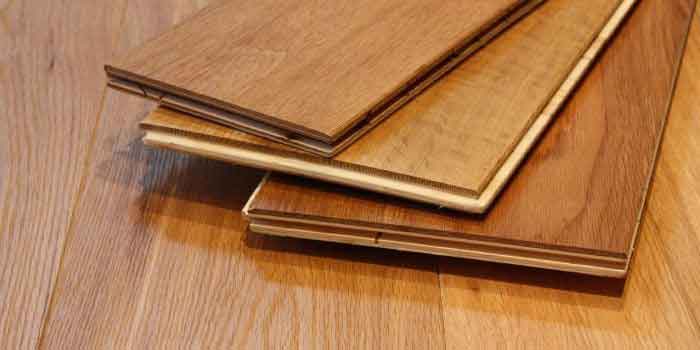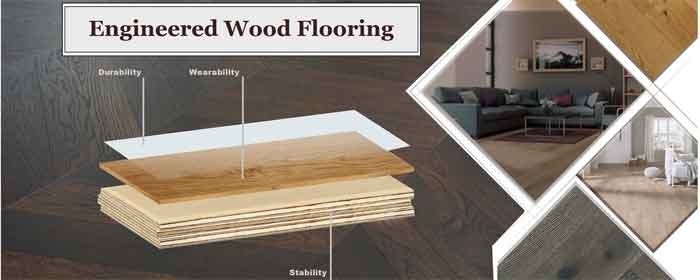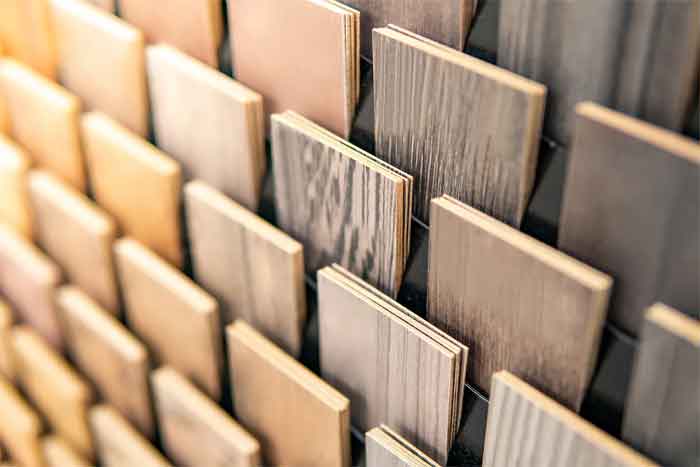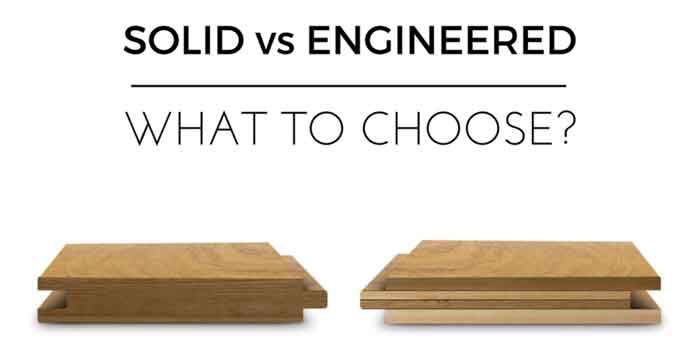Engineered wood is often used in construction projects, as it can be easily customized to meet the specific needs of the project.
Engineered wood can be a great alternative to natural wood, especially if you are looking for a more durable or consistent product.
However, it is important to research the different types of engineered wood before making a purchase, as each type has its own set of benefits and drawbacks.
These products are engineered to precise specifications and designed to replace traditional solid lumber in various applications. Here is an overview of engineered wood products, their types, and their benefits.
What is Engineered Wood?
Engineered woods are a type of man-made wood product. Engineered woods are often used in construction and furniture making because they are strong and durable. It is made from small pieces of wood that are glued together. Fiberboard is not as strong as plywood or particle board, but it is lighter and easier to work with.
Engineered woods are a versatile and durable building material. If you are looking for a sturdy and long-lasting building material, then engineered woods may be the right choice for you.
Know about sheesham wood as well here.
Uses of Engineered Wood
Here are some of the most popular uses for engineered wood:
- Flooring: Engineered wood flooring is a popular choice for homes and businesses alike.
- Furniture: Engineered wood furniture is sturdy and long-lasting. Additionally, engineered wood is often used in outdoor furniture, as it is resistant to moisture and rot.
- Siding: Siding made from engineered wood is durable and low maintenance.
- Trim: Engineered wood trim is a great way to add detail and character to any home. Trim made from engineered wood is also resistant to rot and decay.
Also have a look at vinyl flooring designs here as well.
Whether you are looking for flooring, paneling, countertops, or trim, engineered wood is a great option.
Additionally, engineered wood is an eco-friendly material that is made from recycled wood products.
Benefits of Engineered Wood
Engineered wood also has a number of other benefits that make it an ideal choice for a wide range of applications.
Some of the most notable benefits of engineered wood include:
1. Increased Strength and Durability
The bonding process used to create engineered wood makes it much less likely to warp, split, or crack than traditional wood. This makes it an ideal choice for use in high-stress applications such as flooring, framing, and millwork.
2. Increased Stability
Engineered wood is also much more stable than traditional wood. This makes it an ideal choice for use in areas where the weather can fluctuate greatly, such as basements or attics.
Consider reading teak wood vs sal wood here.
3. Reduced Weight
Another benefit of engineered wood is its reduced weight. The process used to create engineered wood removes some of the heavier particles from the wood, resulting in a lighter product. This reduced weight makes engineered wood much easier to transport and install than traditional wood.
4. Versatility
The stability and strength of engineered wood make it an ideal choice for use in structural applications such as framing and flooring. The reduced weight of engineered wood also makes it a good choice for use in non-structural applications such as paneling and trim.
5. Lower Environmental Impact
The process used to create engineered wood uses less water and energy than the process used to create traditional wood. In addition, the waste generated by the manufacturing process of engineered wood is often used to create other products, such as particle board or fiberboard.
Read the benefits and drawbacks of sagwan wood here.
6. Cost-Effectiveness
Engineered wood is also a very cost-effective option. In addition, the increased strength and stability of engineered wood means that it can often be used in place of more expensive options such as steel or concrete. This makes engineered wood an excellent choice for a wide range of construction projects.
7. Aesthetics
Engineered wood also has a number of aesthetic benefits. In addition, the reduced weight of engineered wood makes it much easier to work with, allowing for a more precise finished product.
8. Increased Sustainability
The process used to create engineered wood uses less water and energy than the process used to create traditional wood. In addition, the waste generated by the manufacturing process of engineered wood is often used to create other products, such as particle board or fiberboard.
Try these wooden pooja mandir designs for home which are made with engineered wood.
9. Easy to Work With
The increased stability of engineered wood means that it is less likely to warp or crack during the construction process.
Disadvantages of Engineered Wood Over Natural Wood
Some of the disadvantages of engineered wood are as follows:
- Engineered wood is not as strong as natural wood.
- Engineered wood is more expensive than natural wood.
- Engineered wood is not as eco-friendly as natural wood.
- Engineered wood is not as durable as natural wood.
- Engineered wood can be susceptible to mould and mildew.
- Engineered wood can be noisy.
- Engineered wood can be difficult to clean.
Engineered Wood Vs. Solid Wood
When deciding which type of wood to use for your next project, it is important to compare the various options in order to find the best possible match for your needs.
Consider reading wooden almirah design here.

Engineered wood is created by combining multiple layers of real wood together. This process creates a product that is stronger and more durable than solid wood alone.
Engineered wood is also not as easy to refinish as solid wood.
If you are considering using engineered wood for your next project, be sure to weigh the pros and cons carefully. By doing so, you can make sure that you choose the best possible option for your needs.
Conclusion
Engineered wood is a popular choice for many different types of projects. Its increased strength and stability make it an excellent choice for use in structural applications, and its versatility makes it a good choice for a wide range of other uses.
In addition, engineered wood is a very cost-effective option, and its easy to work with. However, engineered wood is not as strong as natural wood, and it is more expensive.



Engineered wood is an ideal choice. It has so many different advantages.
I was thinking about the differences solid and engineered wood have and here you’ve cleared my doubt so nicely and in a layman terms. Thank you so much